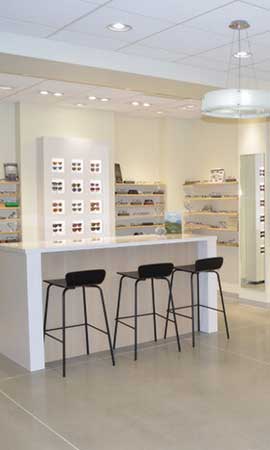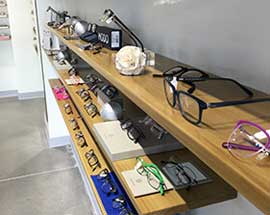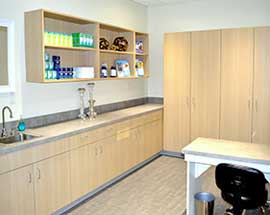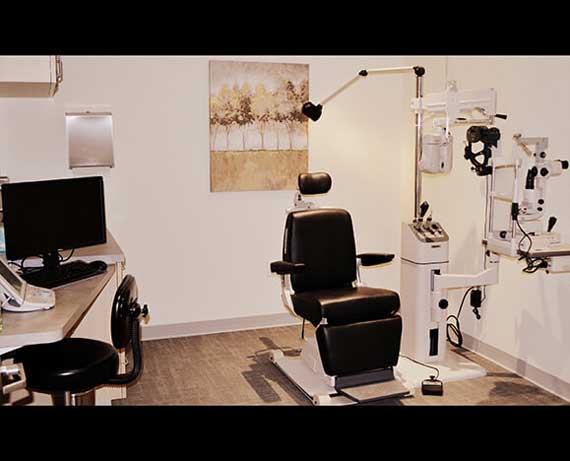Myopia Control
Early Eye Care Is the Key
In recent years, we have seen a dramatic rise in this country in myopia, or near-sightedness, in children. This has led some leading researchers to classify it as an “epidemic.” Currently, more than 41% of people in the United States are suffering from myopia. As young parents who are both near-sighted themselves, Drs. Huber have taken a vested interest in myopia control. Their goal is to be able to identify the potential for progression of myopia early and devise a plan to help slow the progression down.
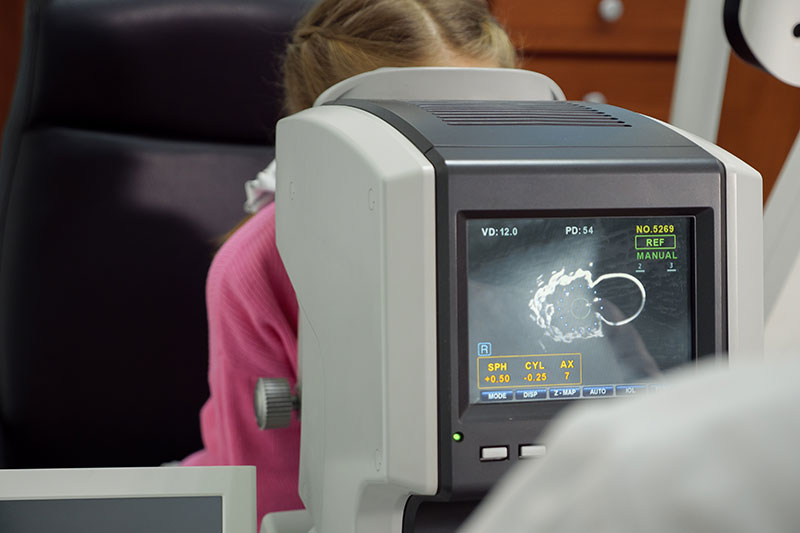
Why Worry About Myopia Control?
The most obvious and immediate reason to think about myopia control is to keep your child’s prescription from continuously getting stronger. Myopia may develop gradually or rapidly. As the near-sightedness progresses, a child becomes more dependent on their glasses in order to see the environment around them. They will continue to require thicker, heavier lenses in their glasses to correct their vision.
There are also long-term implications of myopia as well. High levels of near-sightedness have been associated with serious eye problems later in life, such as increased risk for glaucoma, retinal detachment, early cataract formation and myopic retinopathy.
Our doctors are certified to fit the only contact lens that is FDA-approved to slow the progression of myopia (nearsightedness) in children. It’s called the MiSight 1 day lens. If your child is not a good candidate for this lens, there are several other eye care options that have been approved in other countries that are available “off label” in the US. These treatment options include therapy with eye drops, and orthokeratology corneal refractive therapy (CRT). For more information on myopia control, read this article (relink to one of our myopia control blog posts).

